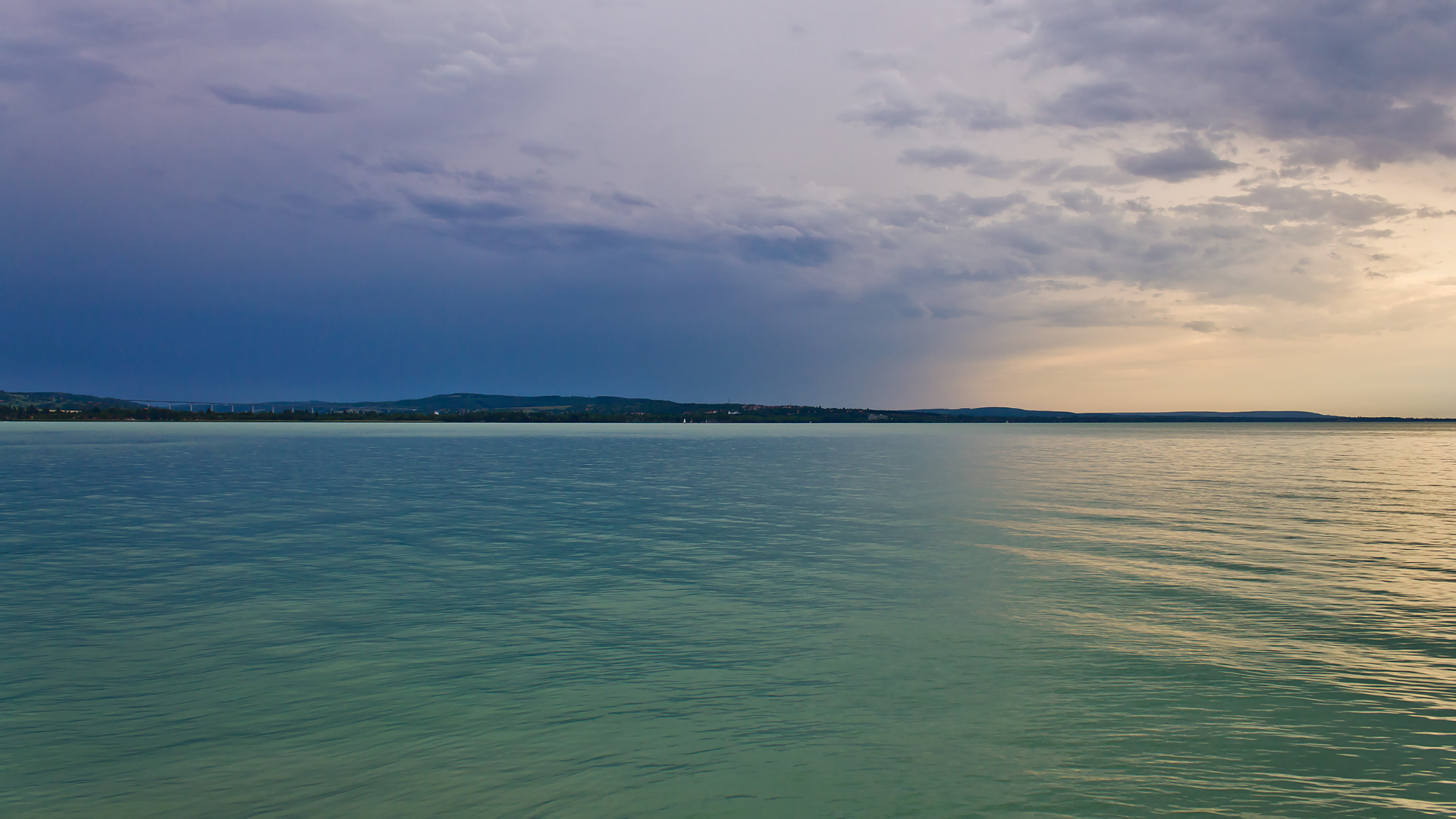
Lakes
New words:
body of water - víztömeg
surround - körülvesz
swamp - mocsár
artificial lake - mesterséges tó
dam - gát
tectonic lake - süllyedéssel keletkezett tó
shallow - sekély
hole - lyuk
sandy - homokos
accumulate - felhalmozódik
sediment - üledék
marsh - láp
excess - többlet
uplift - felemelkedik
depression - horpadás
due to - következtében
Click and learn the new words:
Klikkelj és olvass erről a tananyagról magyar nyelven is!:
Read and learn:
What is the lake?
A lake is a large body of freshwater, which is surrounded by land everywhere, is not part of a sea or an ocean but is larger than a pond. A lake is also called standing water.
Types of lakes: seas, oceans, swamps, artificial lakes and dam.
How can lakes form?
- Some lakes are created due to a tectonic uplift of a mountain range which create depressions that accumulate water and form lakes. These lakes are called tectonic lakes. Lake Balaton and Velencei lake for example were formed this way.
- Another possibility is when wind forms shallow holes in sandy areas so rainwater can accumulate there. An example of this is Fehér-to near Szeged.
- People also make artificial lakes by building dams.
How can lakes die?
Lakes can disappear when rivers and winds carry too much sediment into them. Sometimes, the river that feeds the lake with its water, disappears first. The more sand and dust accumulates in the lake, the more plants can grow. Swamps and marshes are born.
The biggest lake in Hungary
Lake Balaton is the biggest freshwater lake in Central-Europe. The most important river that feeds the lake is the Zala River. The excess water is carried away by the Sió canal.
